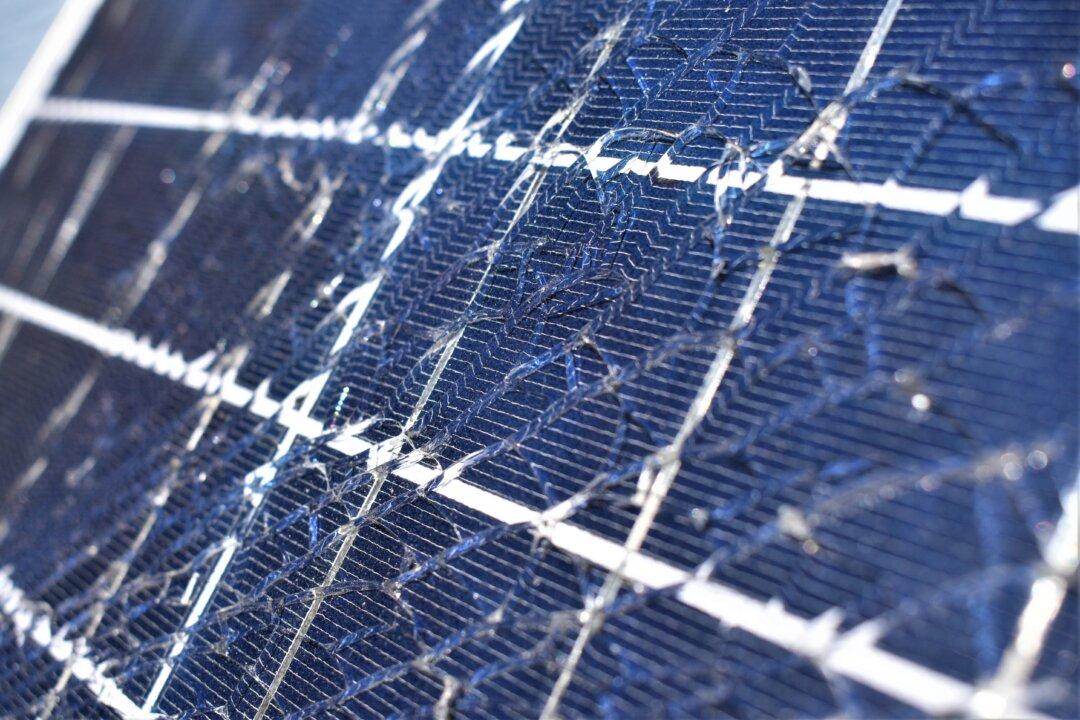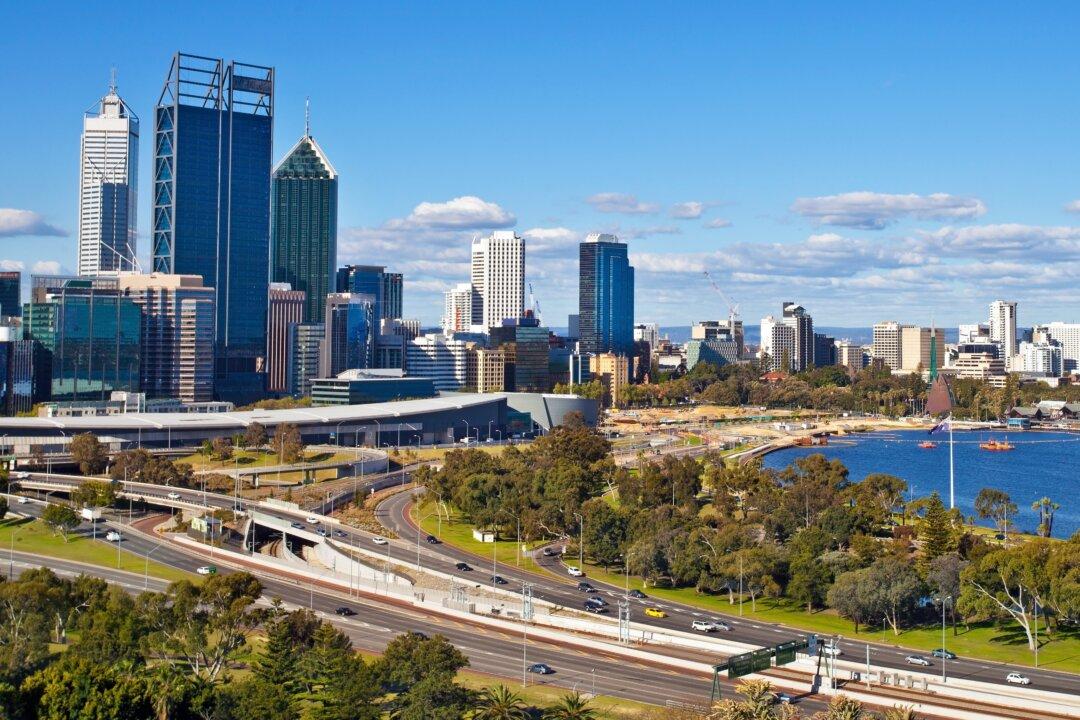Australia’s rapid transition to more renewable energy sources and the projected early retirement of coal power stations will introduce new technical vulnerabilities into the grid, the Australian Energy Market Operator (AEMO) says.
The 2021 System Security Report released by the AEMO has outlined that critical power system requirements will need to be addressed in New South Wales, Queensland, and South Australia to avoid energy woes over the next five years.





